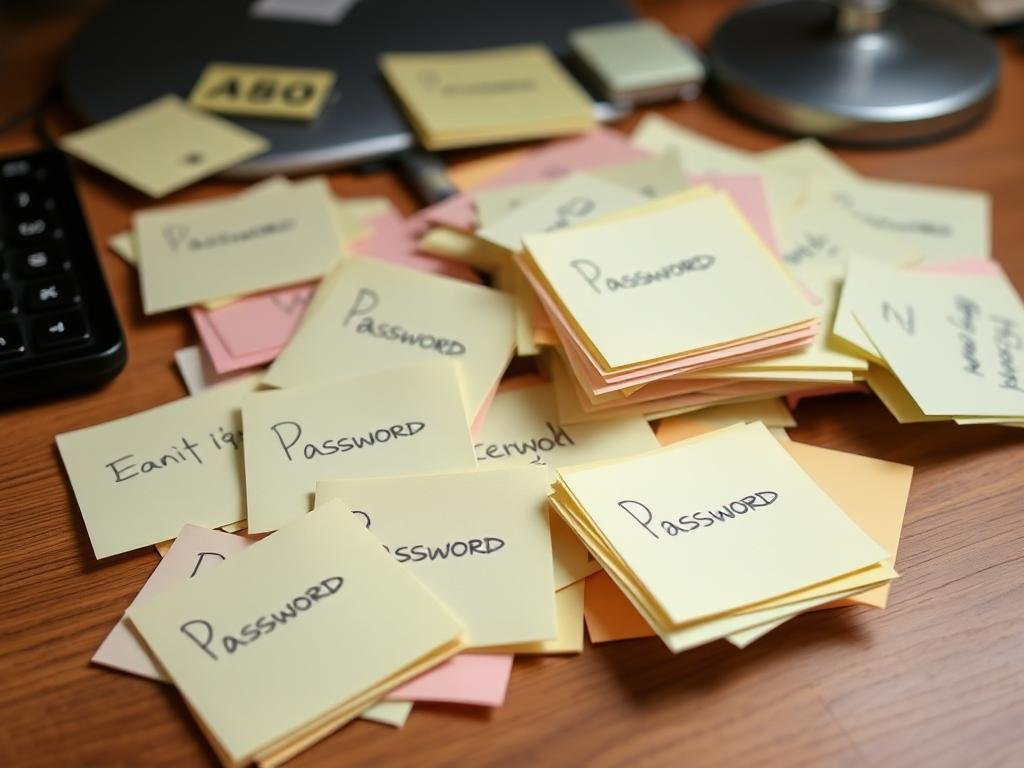The 5 Cybersecurity Mistakes That Leave You Exposed
4 minute read
The worst breaches rarely start with a master hacker hunched over a keyboard in some cinematic basement. They begin with something embarrassingly simple: a weak password, a misconfigured setting, a click born of a tired mind. In the world of cybersecurity, it is not always the sophistication of the threat that shocks—it’s the ordinariness of the mistake.
You learn this quickly if you work with a cybersecurity services company, watching the same stories unfold again and again. The mistake is small. The consequences are not.
Let’s walk through five of the most common slip-ups. They’re not abstract. They’re painfully human.
1. Trusting Passwords Like You Trust Your Dog
We name our passwords after our pets, our birthdays, or—when we’re feeling particularly creative—the word “password” with a few numbers tacked on. The comfort of something memorable lulls us into complacency. But cybercriminals are not guessing passwords by hand. They use tools that can run millions of combinations in minutes.
Passwords should be treated like secrets you’re willing to forget and retrieve from a vault—long, unique, and utterly random. Better yet, let a password manager do the remembering. It won’t remember your dog’s name, but it will save your data.
2. Clicking First, Thinking Later
We’re all tired. We’re all moving too fast. The email says your Amazon package was delayed or your bank needs you to “verify activity.” It even looks official. One click, and now malware has set up camp in your system like it pays rent.
Phishing doesn’t look like a trap. That’s the point. The email looks real, the URL almost perfect. But one way to protect yourself is to hover. Hover over links before clicking. Verify with your bank or service provider directly. That few seconds of skepticism can stop a week of chaos.
3. Thinking Updates Are Optional
There’s something deeply annoying about the “update now” popup. We ignore it. Postpone it. Schedule it for 2 a.m. and still shut the laptop before it can act.
But those updates exist because someone found a flaw—a way in. And that fix is now waiting to be installed. Cyberattacks love old systems. A missed update is like leaving your door unlocked in a rough neighborhood and being surprised when someone walks in.
Let them update. Let them fix what’s broken before it breaks you.
4. Assuming Your IT Team Has It All Covered
It’s comforting to believe that cybersecurity is someone else’s job. There’s a department, a dashboard, maybe even an external cybersecurity consulting firm involved. Surely they’ve got it covered?
They might. But all it takes is one person to open the wrong file or plug in the wrong USB. A good security team is like a fire department—it can fight the fire, but it can’t stop you from lighting the match.
Training, awareness, and accountability at every level—these aren’t bonuses. They are the strategy.
5. Thinking "It Won’t Happen to Me"
This one is the most dangerous. The idea that your company is too small, your account too insignificant, your systems too obscure to be a target.
Attackers don’t care who you are. They care what they can access. And most of the time, they don’t even care enough to target you personally. They automate the hunt, scanning the internet for low-hanging fruit—outdated plugins, exposed ports, predictable passwords. It’s not personal. But it will feel that way.
If you're not prepared, you're already vulnerable.
The hard truth is this: cybersecurity isn’t just about technology. It’s about behavior. And behavior is messy. If you’re unsure where your weakest link lies, working with a cybersecurity services company can be a sobering and necessary mirror. The goal isn’t to scare. It’s to see clearly.
Because the call is often coming from inside the house. And the lock on the door? Sometimes it’s just a sticker that says “Keep Out.”



